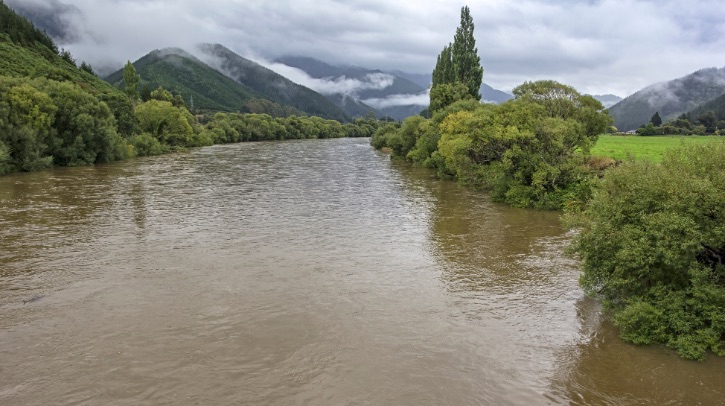NIWA, New Zealand’s National Institute of Water and Atmospheric Research, has begun using machine learning (ML) to forecast flood inundation in a fraction of the time required to run physical models.
AI-powered flood predictions
Nava Fedaeff, climate, atmosphere and hazards platform manager at NIWA, leads the project. She said, “Effective flood preparation and response requires detail beyond river flows. What people really want to know is not just whether the river is running high, but what areas will be flooded and what’s at risk from that potential flooding. We’re exploring how AI will help us to move from weather forecasts to inundation forecasts quickly enough so that useful information gets to those who need it.”
Predicting flood maps with physical models can take 24 hours, but with ML it takes only one to two minutes. Five days ahead of an event, scientists combine several elements such as weather forecasting, river flow predictions, inundation mapping and exposure assessments. This enables them to produce models that detail – down to street level – people, property or infrastructure at risk when storms strike.
Real-time forecasts
NIWA data scientist Dr Deidre Cleland used Westport as a case study in the project. She has produced a StoryMap detailing how the system works – with maps, animations and graphics – outlining how her team validated the AI flood model against the real-life 2021 Westport flooding.
“Our next step is operationalizing this ML capability so that rapid flood map forecasting is available for a real incoming flood event in Westport. We are also working on extending the ML approach to other locations around New Zealand, starting with those at highest risk of flooding,” said Dr Cleland.
This project is part of a NZ$5m (US$3m) per year package by NIWA to tackle some of New Zealand’s most pressing challenges.
In related news, NIWA recently purchased a NZ$20m (US$12m) supercomputer to enable high-resolution weather and climate forecasting 24/7, using data from weather stations around the world. Click here to read the full story.



